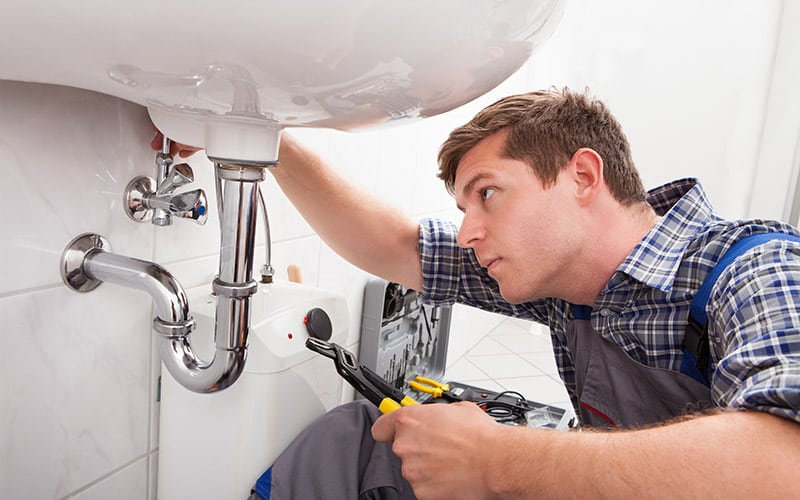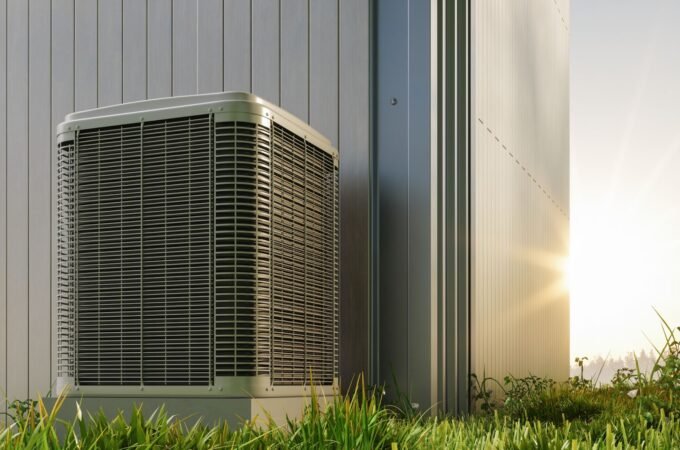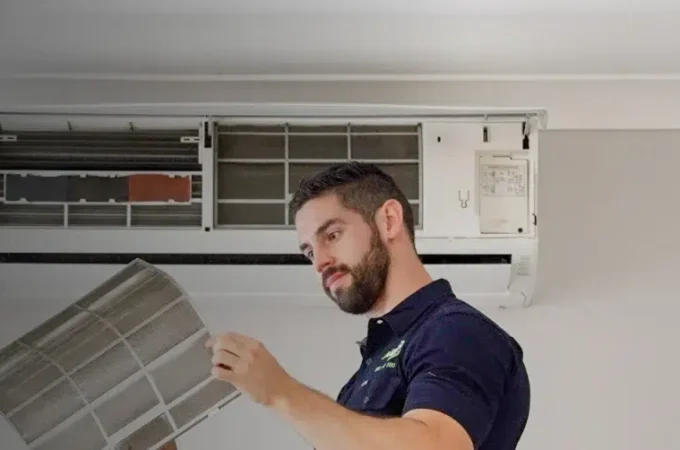
7 Most Often Plumbing Problems and Solutions
Plumbing issues are an inevitable part of homeownership. Dealing with these problems can be frustrating and sometimes costly. However, armed with the right information and solutions, you can handle most plumbing challenges with confidence. In this article, we’ll explore the 5 most common plumbing problems that homeowners face and provide you with effective solutions to address each of them. Whether you’re a DIY enthusiast or simply want to understand these issues better before calling a professional plumber, this article is your go-to guide.
1. Low Water Pressure
Low water pressure can be frustrating, making everyday tasks like showering and washing dishes a struggle. Identifying the root cause will help you find an appropriate solution.
Solutions:
Check for Blockages: Inspect the faucet aerators and showerheads for mineral deposits and debris. Clean or replace them as needed.
Examine Pipes for Leaks: Leaky pipes can lead to a drop in water pressure. Check for any visible leaks and repair them promptly.
Pressure Regulator Adjustment: Homes with a pressure regulator can have issues if it’s not set correctly. Consult a professional plumber to adjust it to the appropriate level.
Water Main Valve: Make sure the water main valve is fully open. Sometimes it may have been inadvertently turned down.
Consult a Plumber: If you’re unable to identify the cause or if the problem persists, consult a plumber for a thorough inspection. For people who live in Australia, reliable plumber from Sydney is a great solution for any diagnosis or solution to a plumbing problem.
2. Clogged Drains
A clogged drain can bring your daily activities to a standstill. Whether it’s the kitchen sink, bathroom shower, or bathtub drain, dealing with clogs requires swift action.
Solutions:
Boiling Water: For minor clogs, try pouring boiling water down the drain. This can help dislodge grease and soap scum.
Use a Plunger: Plungers are effective tools for clearing clogs. Ensure a tight seal around the drain and plunge vigorously to remove the blockage.
Baking Soda and Vinegar: A natural and eco-friendly remedy involves pouring a mixture of baking soda and vinegar down the drain. Let it sit for a while, then flush with hot water.
Plumbing Snake: If the clog is stubborn, use a plumbing snake or auger to physically remove the obstruction.
Regular Maintenance: To prevent future clogs, be mindful of what goes down the drain. Use drain strainers to catch debris, and periodically clean the drains.
3. Running Toilets
A running toilet is not only annoying but can also lead to a significant increase in your water bill. Addressing this problem promptly is essential.
Solutions:
Check the Flapper: Lift the toilet tank lid and check the flapper. Ensure it forms a watertight seal when the toilet is not in use. If it’s damaged or worn out, replace it.
Adjust the Float: The float inside the toilet tank controls the water level. If it’s set too high, water will constantly flow into the overflow tube. Adjust it to the correct level.
Inspect the Fill Valve: The fill valve may be faulty, causing continuous water flow. Replace the fill valve if necessary.
Check for Leaks: Ensure there are no leaks around the base of the toilet. A leaky wax ring or cracked toilet base can also lead to constant running.
Call a Professional: If you’re unsure about any of the repairs or if the issue persists, consider calling a professional plumber.
4. Water Heater Issues
A malfunctioning water heater can be a major inconvenience, especially during colder months. Addressing these issues promptly is crucial for restoring hot water supply.
Solutions:
Check the Pilot Light: If you have a gas water heater, ensure the pilot light is lit. If it’s out, follow the manufacturer’s instructions to relight it.
Inspect the Thermostat: Adjust the thermostat to the appropriate temperature. If it’s faulty, consider replacing it.
Flushing Sediment: Over time, sediment can build up in the water heater, affecting its efficiency. Periodically flush the tank to remove the sediment.
Pressure Relief Valve: Test the pressure relief valve to ensure it’s functioning correctly. If it’s faulty, have it replaced.
Regular Maintenance: Schedule regular maintenance with a professional plumber to extend the lifespan of your water heater.
5. Frozen Pipes
During cold weather, frozen pipes can be a significant concern for homeowners. When water freezes inside the pipes, it can cause them to burst, leading to water damage and costly repairs.
Solutions:
Insulate Pipes: Before the cold weather arrives, insulate exposed pipes, especially those in unheated areas like basements and crawl spaces. This will help prevent them from freezing.
Keep Heat On: During cold spells, keep your home’s heating system on, even when you’re away. Maintaining a steady temperature will help prevent pipes from freezing.
Open Cabinet Doors: If you have pipes located inside cabinets, open the cabinet doors to allow warm air to circulate around them.
Drip Faucets: On extremely cold nights, allow faucets to drip slowly. The flow of water can prevent the pipes from freezing.
Thawing Pipes: If you suspect that a pipe is frozen but not yet burst, use a hairdryer or towels soaked in hot water to thaw the pipe slowly. Never use an open flame or high heat source.

6. Sewer Line Backup
A sewer line backup is a serious and unpleasant plumbing problem that can lead to unsanitary conditions in your home. Addressing it promptly is essential to prevent further damage.
Solutions:
Identify the Blockage: If you notice multiple drains clogging simultaneously or foul odors coming from the drains, it might indicate a sewer line backup. Call a plumber to assess the situation.
Use a Plunger: In some cases, a plunger might help clear minor sewer line blockages. Use a heavy-duty plunger and plunge vigorously.
Avoid Chemical Cleaners: Refrain from using chemical drain cleaners, as they can cause more harm than good when dealing with sewer line issues.
Professional Snaking: For stubborn blockages, a plumber can use a sewer snake to clear the line and restore proper flow.
Preventive Measures: To avoid future sewer line backups, avoid flushing non-biodegradable items down the toilet and refrain from pouring grease or large food particles down the kitchen sink.
7. Water Hammer
Water hammer is a loud banging noise that occurs when you turn off a faucet or appliance quickly. It’s caused by the sudden stoppage of water flow and can damage your plumbing system if not addressed.
Solutions:
Install Water Hammer Arrestors: Water hammer arrestors are devices that absorb the shock of sudden water flow stoppage, preventing the banging noise. Install them near the affected faucets or appliances.
Adjust Water Pressure: High water pressure can exacerbate water hammer issues. Check your home’s water pressure and adjust it to a suitable level if necessary.
Slow Down Water Flow: Avoid turning faucets and appliances on or off too quickly. Allow water to flow gradually to minimize the impact of the water hammer.
Inspect Pipes for Loose Fittings: Loose pipe fittings can contribute to water hammer. Check for any loose connections and tighten them securely.
Seek Professional Help: If you’re unsure about addressing a water hammer or if it persists, consult a plumber for expert assistance.
Plumbing problems can be troublesome, but with the right knowledge and solutions, you can effectively handle them. From leaky faucets to water heater issues, addressing these problems promptly will save you time and money. Remember to follow the proper steps, and don’t hesitate to call a professional plumber when needed. By taking care of your plumbing system, you’ll ensure a smooth and worry-free living experience in your home.




